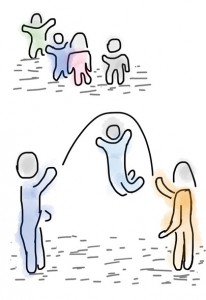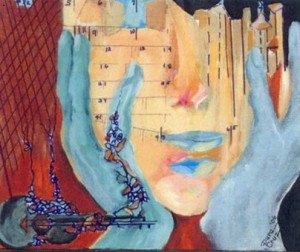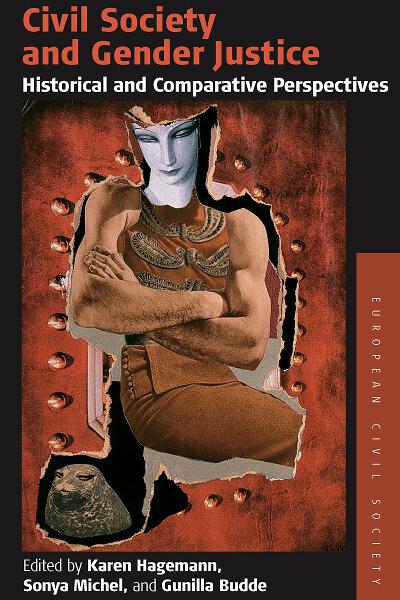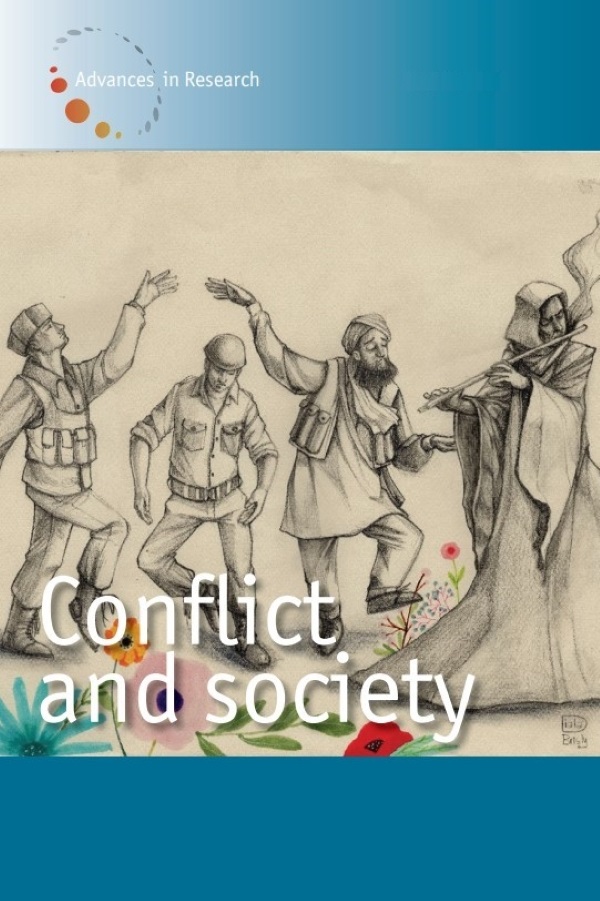 International Women’s Day (IWD) is celebrated all across Europe on March 8, corresponding with Women’s History Month in the United States. In the US March is an annual declared month that highlights the contributions of women to events in history and contemporary society. All around the world, International Women’s day and National Women’s History Month present an opportunity to celebrate the social, economic, cultural and political achievements of women while calling for greater equality! For more information on this year’s theme, events around the globe and on how you can take part in creating a more gender inclusive world please visit internationalwomensday.com.
International Women’s Day (IWD) is celebrated all across Europe on March 8, corresponding with Women’s History Month in the United States. In the US March is an annual declared month that highlights the contributions of women to events in history and contemporary society. All around the world, International Women’s day and National Women’s History Month present an opportunity to celebrate the social, economic, cultural and political achievements of women while calling for greater equality! For more information on this year’s theme, events around the globe and on how you can take part in creating a more gender inclusive world please visit internationalwomensday.com.
In recognition of the day Berghahn is pleased to offer 25% discount on any of our Gender Studies books on orders place on our website before the end of March. Visit our webpage and simply enter the code IWD18 at checkout.
Check out a special virtual journal issue here.
Continue reading “Celebrate International Women’s Day”




















